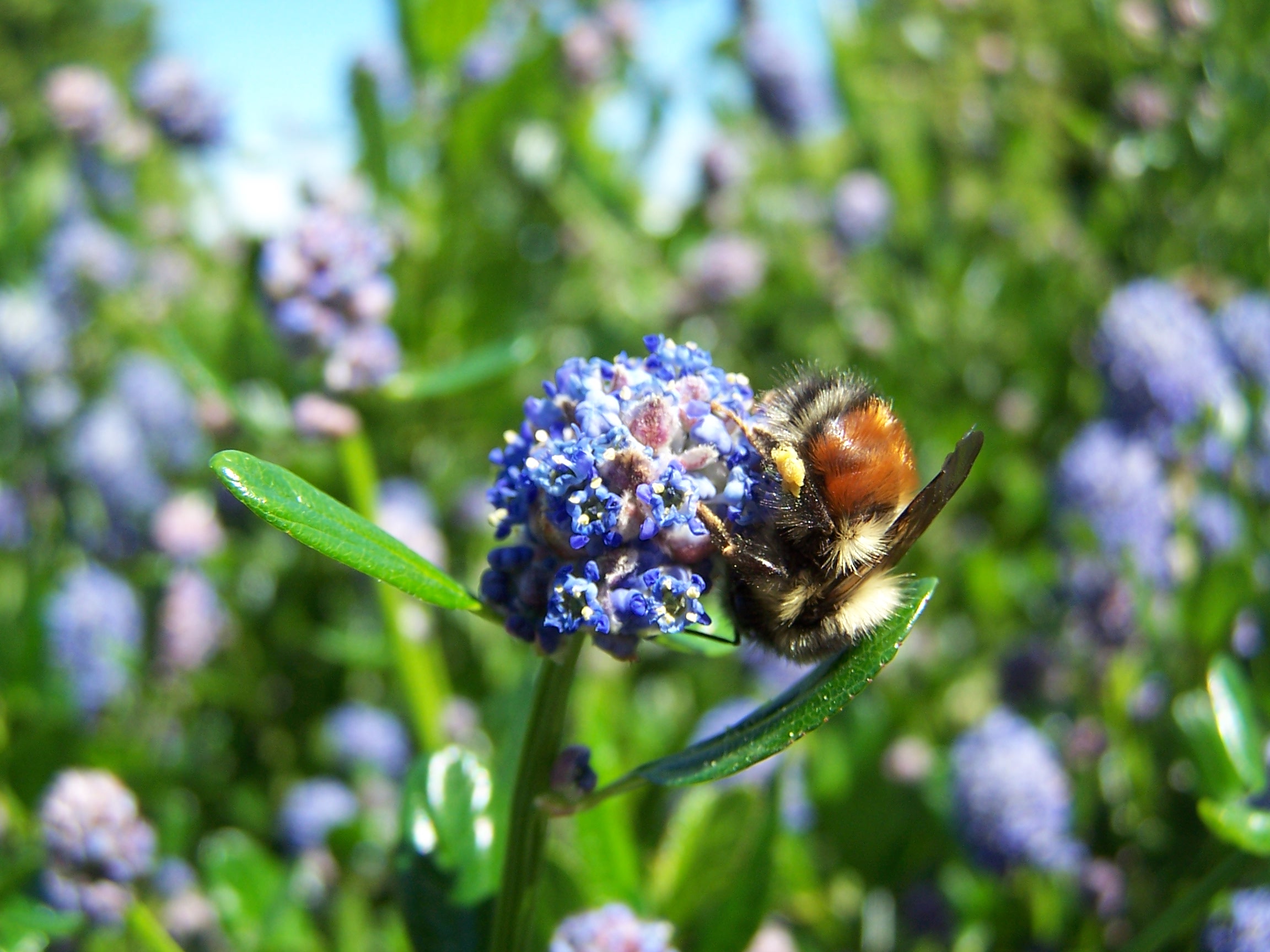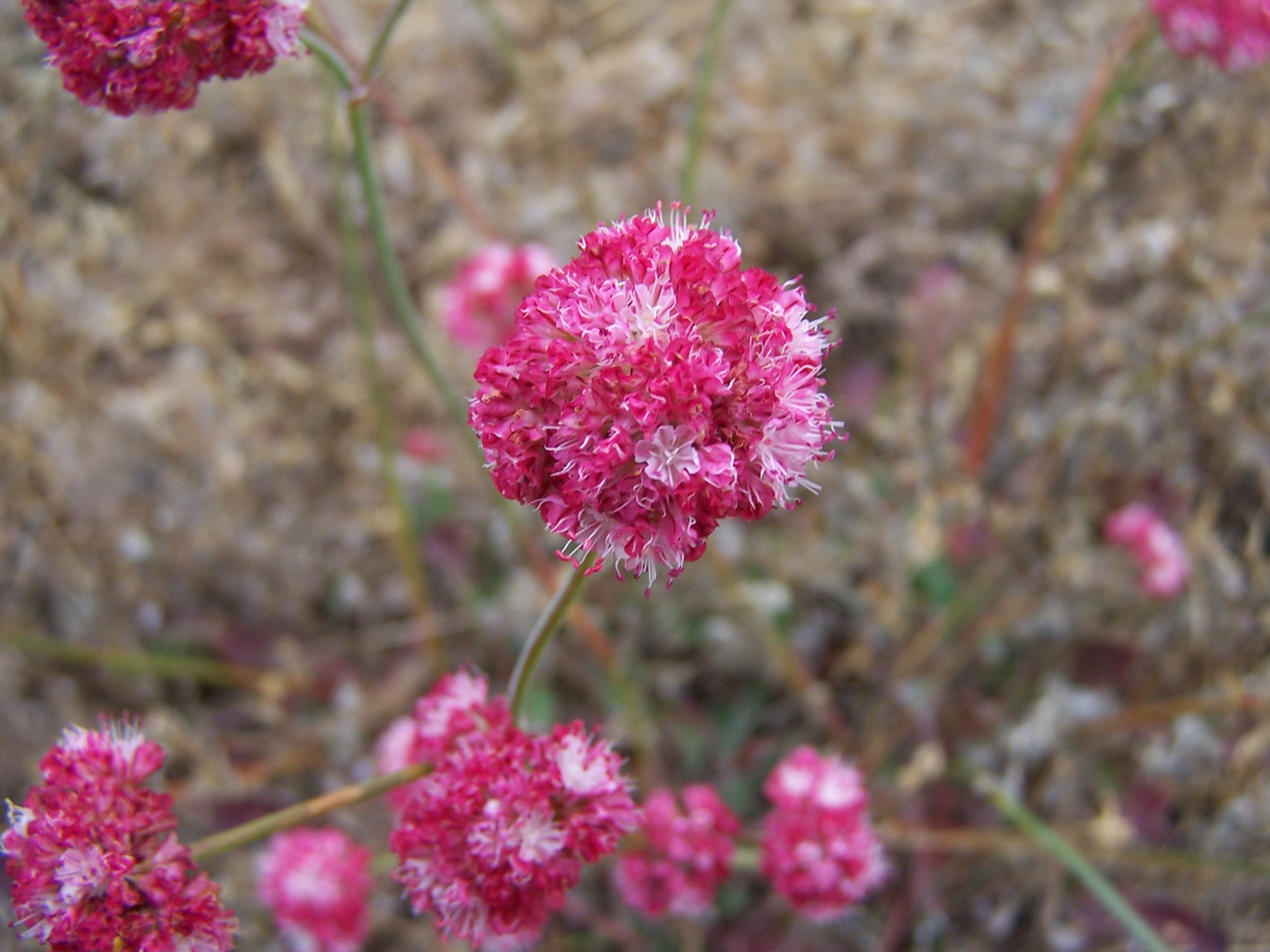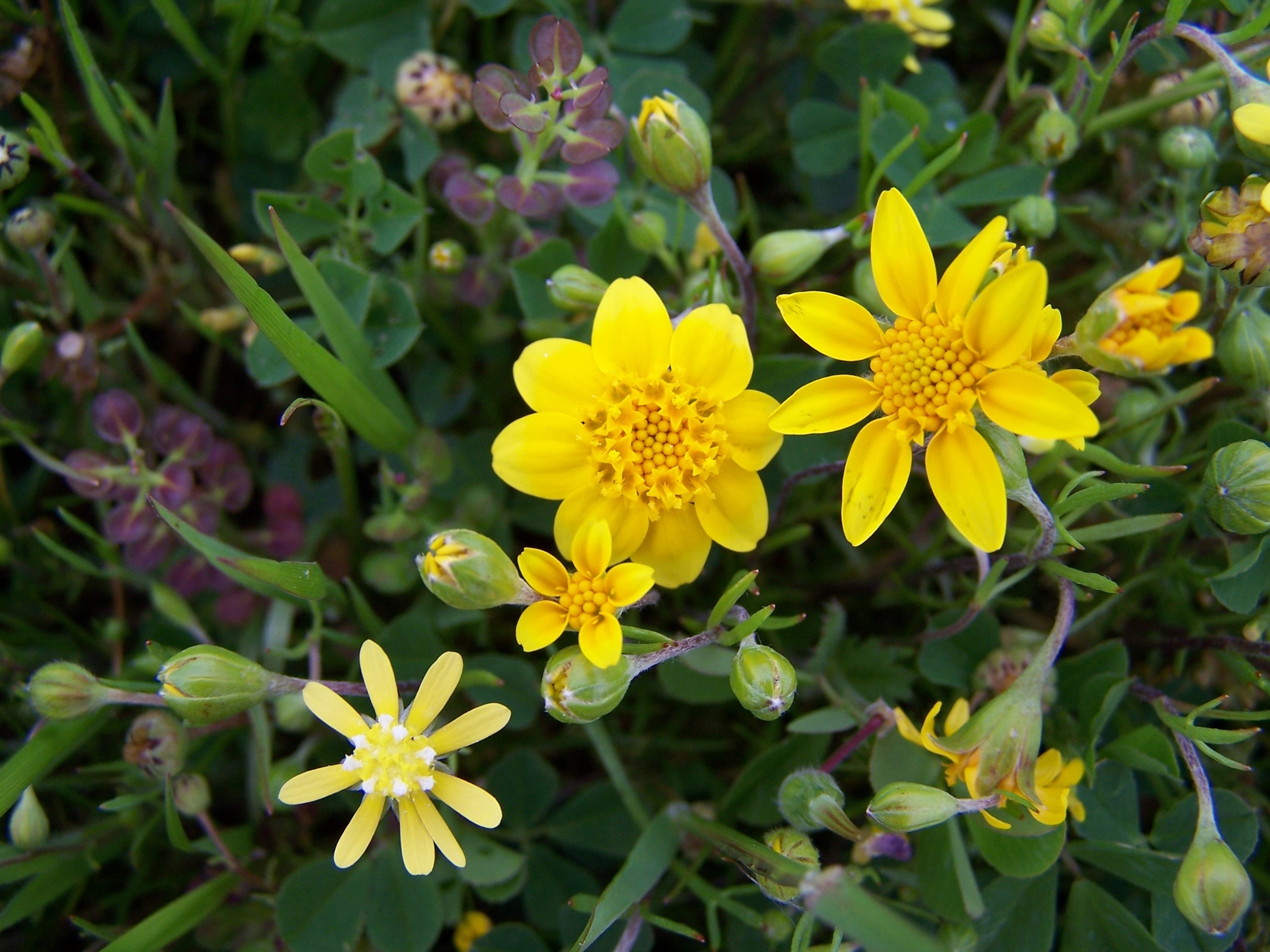Publications
For full text options, please visit my ResearchGate page.
Barker, C.A. and R.D. Sargent. In review. Pollination services along an urbanization gradient.
Sevenello-Montagner, J.M., Sargent, R.D., Forrest, J. In review. Temporal synchrony between ground-nesting bees and spring ephemerals in an eastern hardwood forest ecosystem.
St. Louis, E., Stastny, M. and R.D. Sargent. In review. The impacts of biological control on purple loosestrife 20 years post release.
Groulx, A.F. and R.D. Sargent. 2018. Purple loosestrife provides long-distance pollinator attraction to a coflowering native species. Int. J. Plant Sci. 179(8).
Charlebois, J.A. and R.D. Sargent. 2017. No consistent pollinator-mediated impacts of alien plants on natives. Ecology Letters 20: 1479-1490.
Sargent, R.D., Angert, A.L., Williams, J.L. 2017. When are species invasions useful for addresssing fundamental questions in plant biology? American Journal of Botany 104: 797-799.
Moeller, D.A., Briscoe Runquist, R.D., Moe, A.M., Geber, M.A., Goodwillie, C., Cheptou, P.-E., Eckert, C.G., Elle, E., Johnston, M.O., Kalisz, S., Ree, R.H., Sargent, R.D., Vallejo-Marin, M. and A.A. Winn. 2017. Global biogeography of mating system variation in seed plants. Ecology Letters 20: 375-384.
Stastny, M. and R.D. Sargent. 2017. Evidence for rapid evolutionary change in an invasive plant in response to biocontrol. Journal of Evolutionary Biology 30: 1042-1052
Thomsen, C.J.M. and R.D. Sargent. 2017. Evidence that an herbivore response affects selection on floral traits and inflorescence architecture in purple loosestrife (Lythrum salicaria). Annals of Botany 119: 1295-1303
McKechnie, I.M., Thomsen, C.J.M. and R.D. Sargent. 2017. Forested field edges support a greater diversity of wild pollinators in lowbush blueberry (Vaccinium angustifolium). Agriculture, Ecosystems, and Environment 237: 154-161.
Russell-Mercier, J.L. and R.D. Sargent. 2015. Indirect effects of herbivory on plant-pollinator interactions in invasive Lythrum salicaria. American Journal of Botany 102: 661-668.
McKechnie, I.M. and R.D. Sargent. 2013. Do plant traits influence a species' response to habitat disturbance? Biological Conservation 168: 69-77.
Da Silva, E.M., King, V.M., Russell-Mercier, J.L. and R.D. Sargent. 2013. Evidence for pollen limitation of a native plant in invaded communities. Oecologia 172: 469-476.
Hensel, L.E. and R.D. Sargent. 2012. A phylogenetic analysis of trait convergence in the spring flora. Botany Special Issue "Pollination Biology Research in Canada" 90: 557-564.
King, V.M. and R.D. Sargent. 2012. Presence of an invasive species alters pollinator visitation to a native. Biological Invasions 14: 1809-1818.
Winn, A.A., E. Elle, S. Kalisz, P.-O. Cheptou, C. Eckert, C. Goodwillie, M.O. Johnston, D.A.Moeller, R.H. Ree, R.D. Sargent, M. Vallejo-Marin. 2011. Analysis of inbreeding depression in mixed-mating plants provides evidence for selective interference and stable mixed mating. Evolution 65:3339-3359.
Sargent, R.D., Kembel, S.W., Emery. N.C., Forrestel, E.J. and D.D. Ackerly. 2011. Effect of local community phylogenetic structure on pollen limitation in an obligately insect-pollinated plant. American Journal of Botany 98: 283-289.
Da Silva, E.M. and R.D. Sargent. 2011. The effect of invasive Lythrum salicaria pollen deposition on seed set in the native species Decodon verticillatus. Botany 89: 141-146.
Vallejo-Marin, M., Da Silva, E.M., Sargent, R.D. and S.C.H. Barrett. 2010. Trait correlates and functional significance of heteranthery in flowering plants. New Phytologist 188: 418-425.
Goodwillie, C.G., Sargent, R.D., Eckert, C.G., Elle, E., Geber, M.A. et al. 2010. Correlated evolution of mating system and floral display traits in flowering plants and its implications for the distribution of mating system variation. New Phytologist 185: 311-321.
Eckert, C.G., Kalisz, S., Geber, M.A., Sargent, R.D., Elle, E. et al. 2010. Plant mating systems in a changing world. Trends in Ecology and Evolution 25: 35-43.
Kay, K.M. and R.D. Sargent. 2009. The role of animal pollination in plant speciation: integrating ecology, geography and genetics. Annual Review of Ecology, Evolution and Systematics 40: 637-656.
Sargent, R.D. and D.D. Ackerly. 2008. Plant-pollinator interactions and the assembly of plant communities. Trends in Ecology and Evolution 23:123-130
Sargent, R.D. and J.C. Vamosi. 2008. The influence of canopy position, pollinator syndrome, and region on evolutionary transitions in pollinator guild size. International Journal of Plant Science Special Issue: Major Evolutionary Transitions in Flowering Plant Reproduction (S.C.H. Barrett, ed).
Sargent,R.D.,C. Goodwillie, S.Kalisz, and R.Ree. 2007. Phylogenetic evidence for a flower size and number trade-off. American Journal of Botany 94:2059-2062.
Kalisz, S., R.H. Ree and R.D. Sargent. 2006. Linking regulatory genes to evolutionary patterns: A case for floral symmetry genes in mating system evolution. Trends in Plant Science 11: 568-573.
Sargent, R.D. and S.P. Otto. 2006. The role of local species abundance in the evolution of pollinator attraction in flowering plants. American Naturalist 167:67-80
Sargent, R.D., M. Mandegar and S.P. Otto. 2006. A model of the evolution of dichogamy incorporating sex ration selection, anther-stigma interference and inbreeding depression. Evolution 60: 934-944.
Sargent, R.D. and S.P. Otto. 2004. A phylogenetic analysis of pollination mode and the evolution of dichogamy in angiosperms. Evolutionary Ecology Research 6:1183-1199.
Sargent, R.D. 2004. Floral symmetry affects speciation rates in angiosperms. Proceedings of the Royal Society of London B 271:603-608.
Sargent, R.D. 2003. Seasonal changes in pollen-packaging schedules in the protandrous plant Chamerion angustifolium. Oecologia 135:221-226.
Sargent, R.D. and B.D. Roitberg. 2000. Seasonal decline in male-phase duration in a protandrous plant: a response to increased mating opportunities? Functional Ecology 14:484-489.
Sargent, R.D. and M.L Reid. 1999. Unexpected offspring sex ratio in a size-dimorphic bark beetle. Canadian Journal of Zoology 77: 524-5249.





